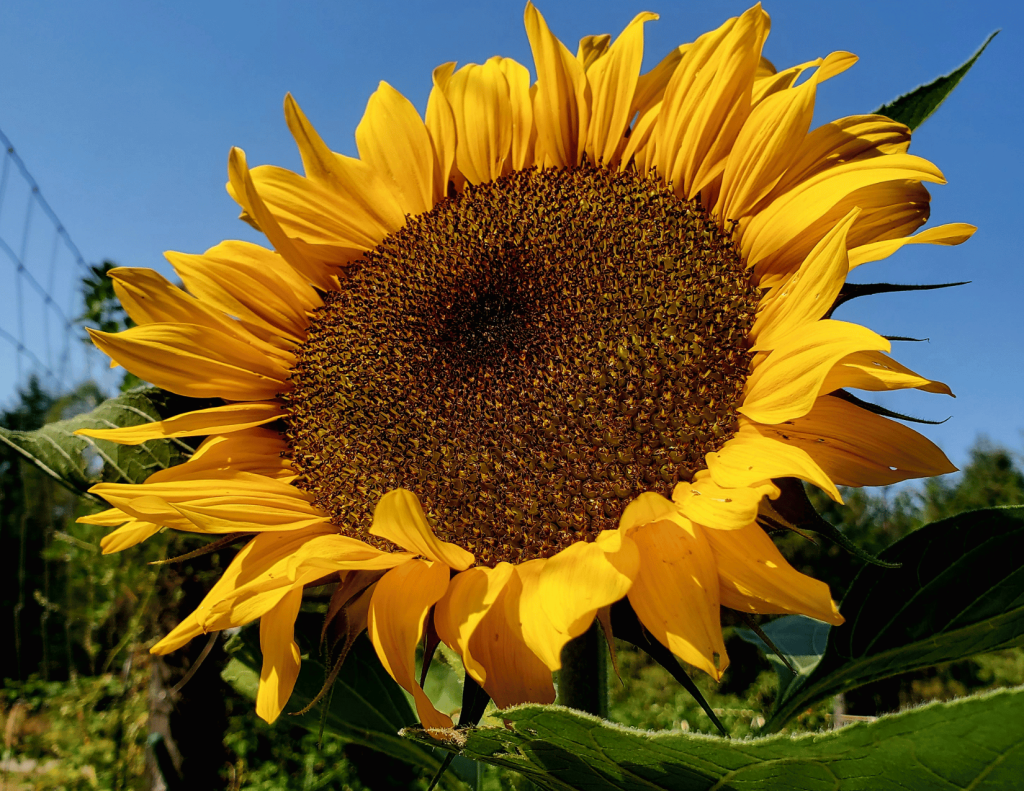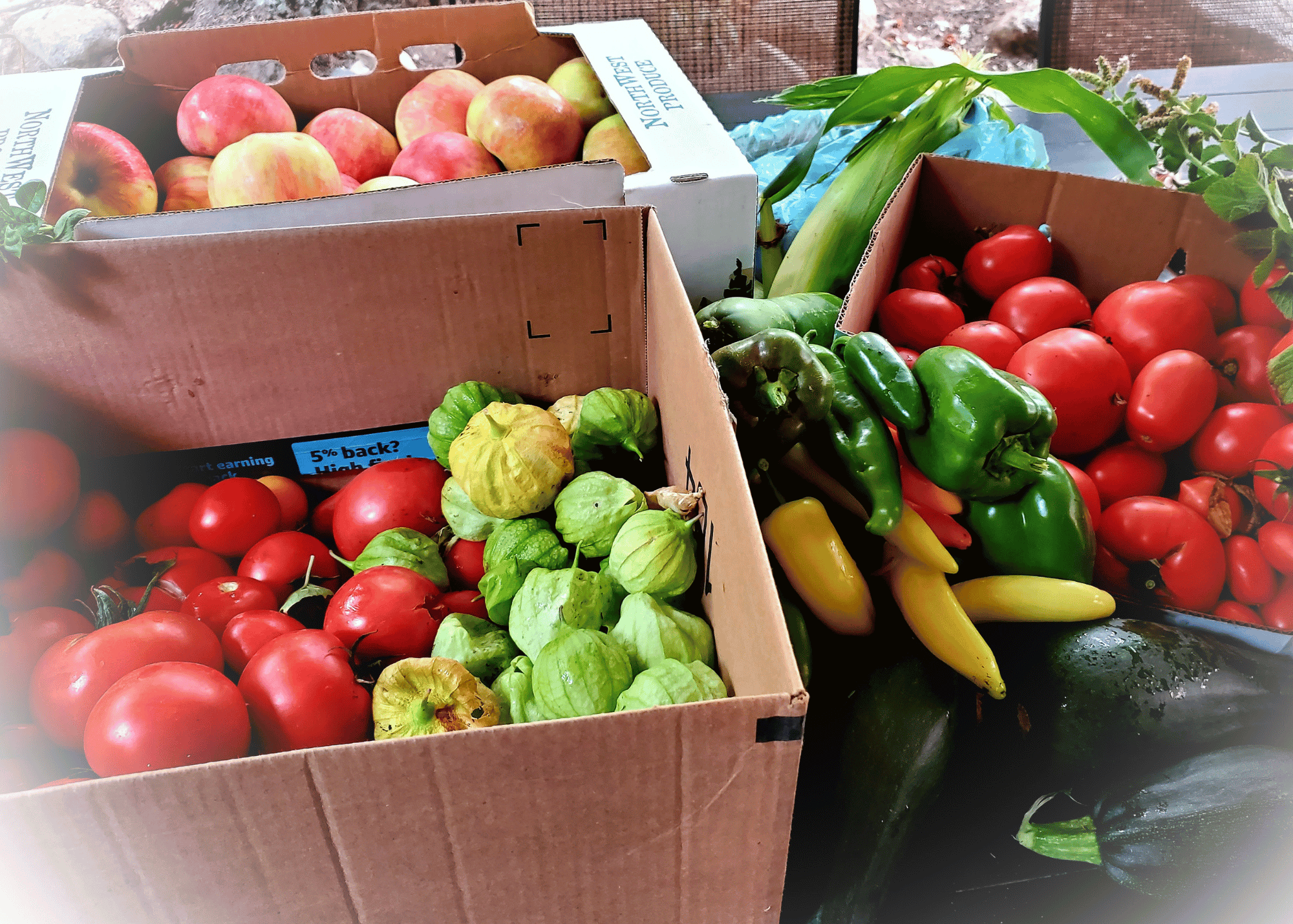Written by Tammy Mitzka Crawford
Visualize a charming countryside home, nestled amidst a verdant, bountiful garden laden with fresh fruits, vegetables, and herbs. This is the blissful world of homestead gardening—a humble yet powerful lifestyle that echoes self-reliance, environmental consciousness, and a hearty connection with the soil. But, is this lifestyle just a picturesque dream, or does it hold the potential to fundamentally transform our diet, our relationship with nature, and our overall well-being? Let’s set forth on this journey to uncover the captivating world of homestead gardening.
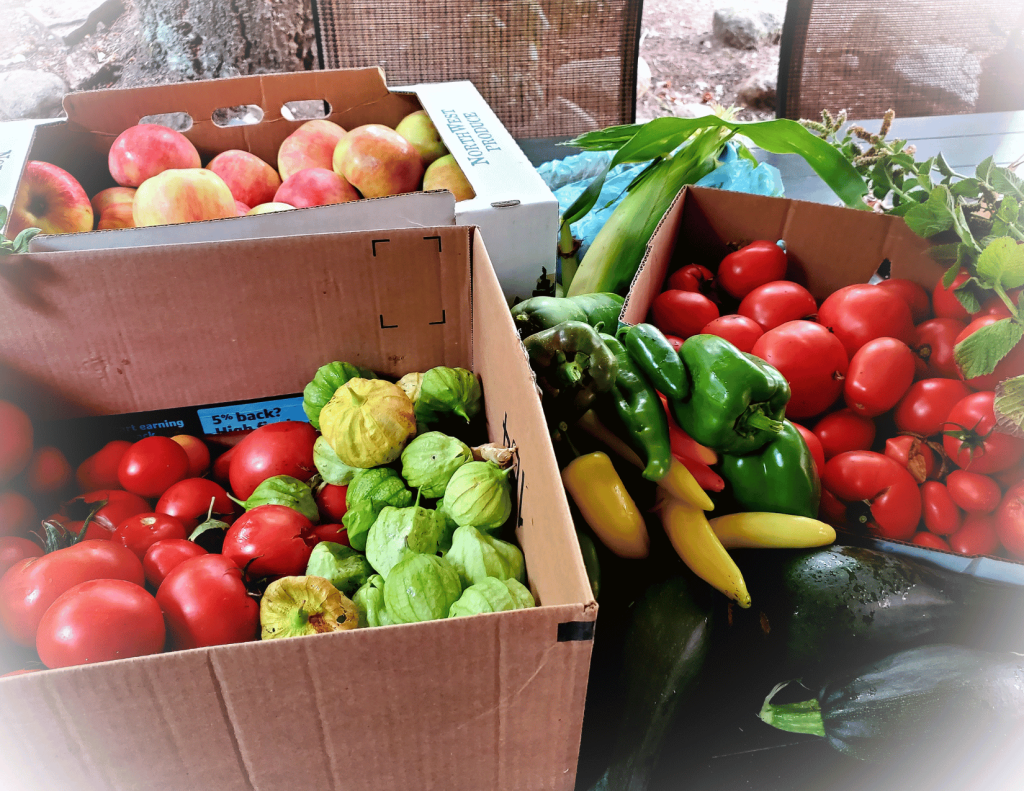
The Essence of Homestead Gardening
At its heart, homestead gardening is more than a delightful hobby—it embodies a fulfilling lifestyle of self-dependence. This approach encompasses cultivating your own food source, right in your backyard, empowering you with the capability to sustain your family with your toil and love. A blend of sustainable living, respect for nature, and cherishing health, gardening is a holistic practice that can nourish not just our bodies, but also our minds and souls.
The Pure Joy of Nurturing Your Own Food
The Rewarding Journey to Self-Sufficiency
Imagine the profound contentment stemming from self-reliance—walking through your garden, hands brimming with ripe fruits and vegetables that you’ve nurtured from a tiny seedling. This profound sense of achievement, rooted in your connection with nature and the soil, is an unmatched reward of homestead gardening. It eliminates the worries of dwindling food supplies or overpriced organic produce. Instead, you are granted access to your private pantry in nature’s lap, replenishing itself season after season.
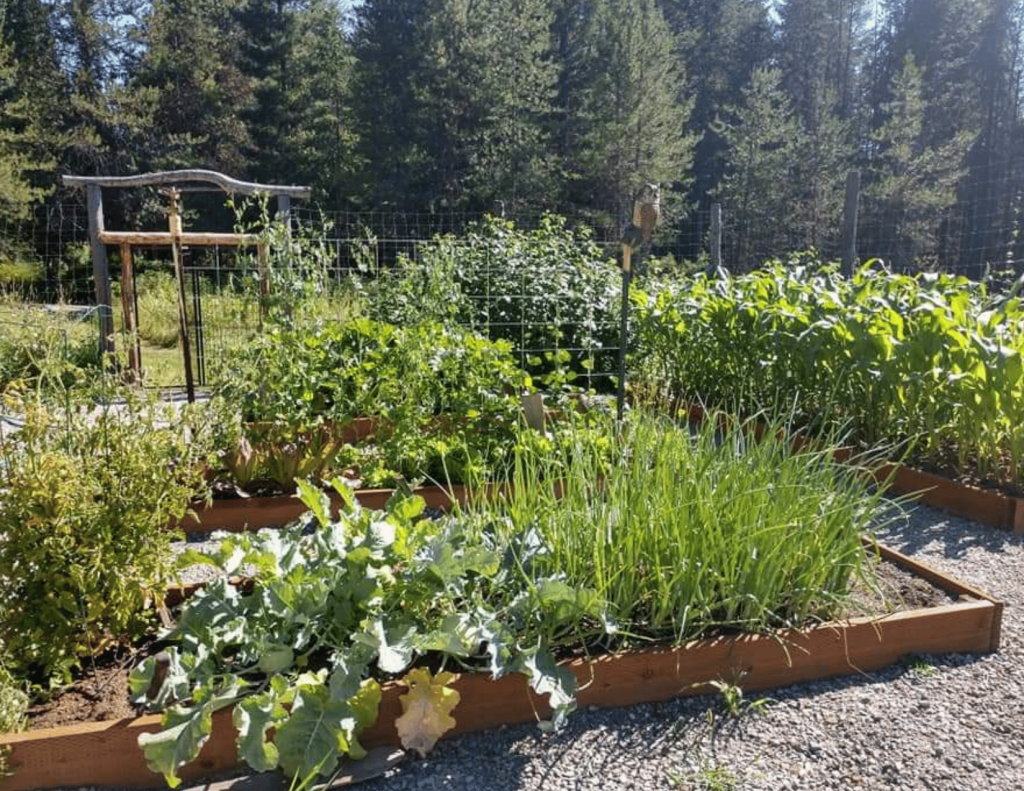
A Symphony with Nature’s Rhythm
Homestead gardening offers an enchanting portal, a pathway that leads you into the heart of nature’s rhythm. It attunes you to the delicate cycles of life, each phase marking a significant chapter in the grand tale of growth. Through the seemingly ordinary acts of sowing, tending, and harvesting, you become an integral part of this profound journey. It is a journey that seeds patience, as you wait for your plants to sprout and mature. It fosters resilience, as you navigate through the challenges of pests, diseases, or inclement weather. And, perhaps most importantly, it kindles a newfound reverence for nature and its bountiful gifts.
In essence, gardening is not just about growing food; it’s about nurturing a sustainable lifestyle, fostering mental well-being, and deepening your understanding of the natural world. It’s about realizing that we are a part of this vast, interconnected web of life, where each seed sown and each fruit harvested is a celebration of this beautiful symbiosis. It’s about being a steward of the earth, nurturing it with care and respect, so that it can continue to nurture us in return.
Reaping Health Benefits from Your Homestead Garden
Savoring Organic Goodness: Elevating Nutrition and Taste
Embracing gardening allows you total control over what goes into your soil and onto your plants. Freed from the shackles of commercial pesticides and synthetic fertilizers, your homegrown produce is not only healthier but also exceptionally tastier. This organic lifestyle enhances your nutritional intake, making each meal a medley of healthful flavors that is a delight to your taste buds.
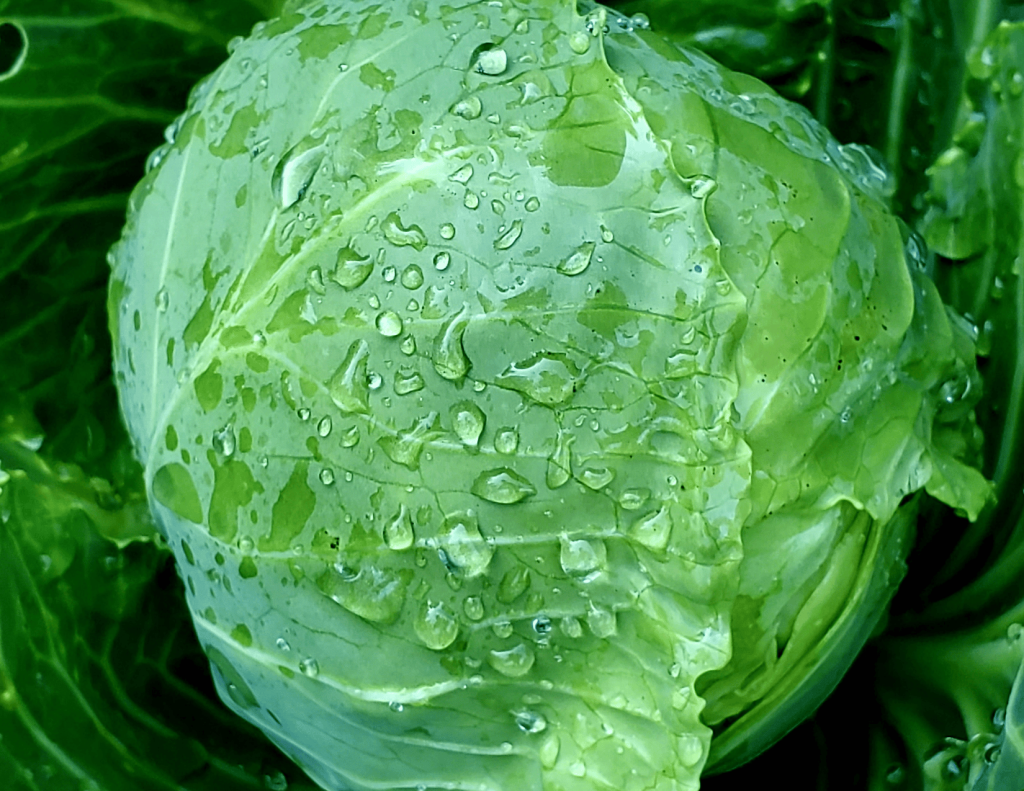
Exercise amidst Nature: A Hidden Health Gem
Apart from the nutritional boon, homestead gardening is a surprisingly effective physical workout. Tending to your garden—digging, planting, weeding, watering—is a form of moderate aerobic exercise. Your garden becomes your outdoor gym, ensuring fitness while offering a therapeutic experience for your body and mind.
Healing Through Fresh, Homegrown Produce
The healing potential of fresh food is not just significant, but indeed extraordinary. Regular consumption of fresh fruits, vegetables, and herbs harvested straight from your garden, is akin to tapping into nature’s most potent health elixir. These foods are bursting with an unparalleled wealth of vitamins, minerals, and antioxidants, each component playing a critical role in nourishing your body. They help bolster your immune system, making you resilient against common ailments and diseases. Their high fiber content improves digestion and promotes a healthy gut, which is closely linked with your overall wellness.
Moreover, the therapeutic benefits of fresh produce extend beyond physical health. Tending to a garden can be an immersive, mindful activity, a calming respite from the frantic pace of modern life. It’s an opportunity to connect with nature, feel the soil between your fingers, and marvel at the miracle of growth. In essence, homestead gardening presents you with a natural pharmacy right in your backyard, offering not just fresh food, but also a fresh perspective towards health and wellness.
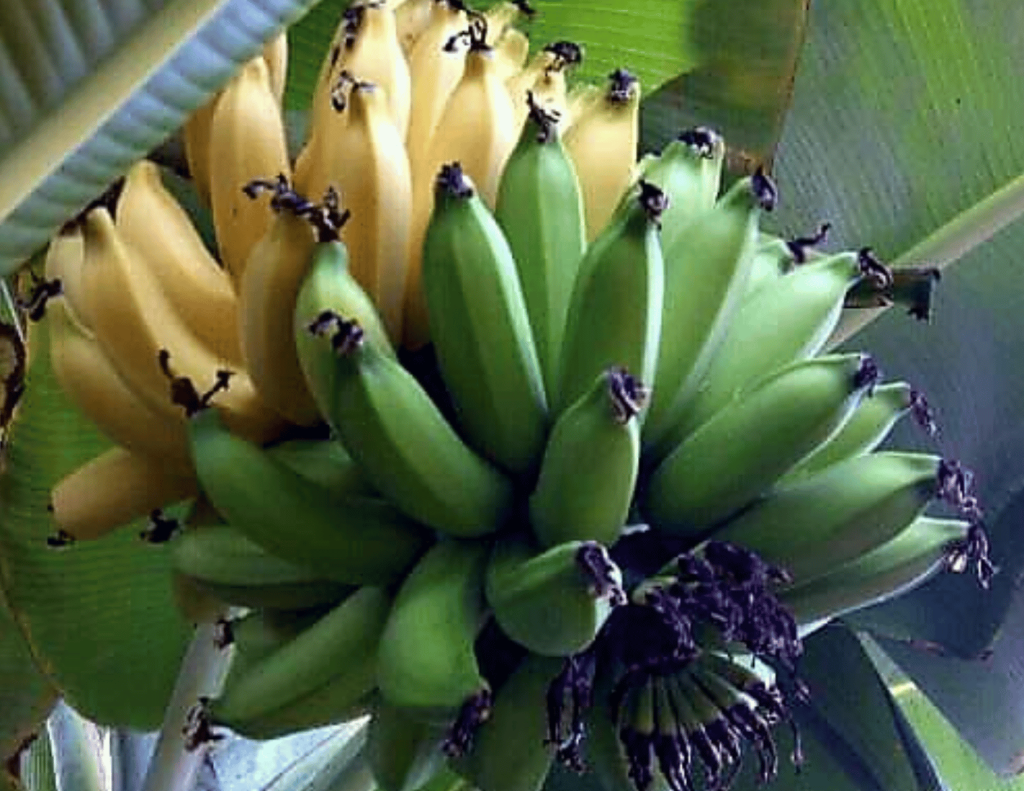
The Environmental Impact of Homestead Gardening
Lessening Our Carbon Footprint
Homestead gardening significantly reduces your carbon footprint. Consuming food grown in your backyard cuts out the emissions associated with transporting food across long distances. This conscious step, although small, plays a crucial role in supporting a healthier and greener planet.
Cultivating a Sustainable Micro-Ecosystem
Your garden can evolve into a flourishing micro-ecosystem, contributing positively to local biodiversity. A varied selection of plants supports a balance of local fauna, inviting pollinators like bees and butterflies. Composting organic waste not only enriches the soil but also aids in waste management, enhancing the sustainability of your homestead.
Venturing Into Alternative Gardening Methods
Greenhouses: A Sheltered, Productive Sanctuary
The integration of a greenhouse into your homestead garden can truly be a transformative decision. This unique environment provides a controlled, shielded sanctuary for your plants, extending your growing season far beyond the natural constraints of the outdoor weather. This advantage opens up a world of possibilities, enabling you to diversify your crop selection and experiment with exotic or off-season varieties. Moreover, a greenhouse functions as a protective barrier against the unpredictability of weather extremities, destructive pests, and rampant diseases. By mitigating these risks, greenhouses can exponentially enhance the yield and success rate of your garden. This becomes particularly significant if you’re located in regions with harsh winters or volatile weather patterns, ensuring a year-round supply of fresh produce, herbs and flowers. Furthermore, greenhouses also serve as excellent platforms for propagation, aiding the germination and nurturing of young seedlings before they’re ready for outdoor transplantation.
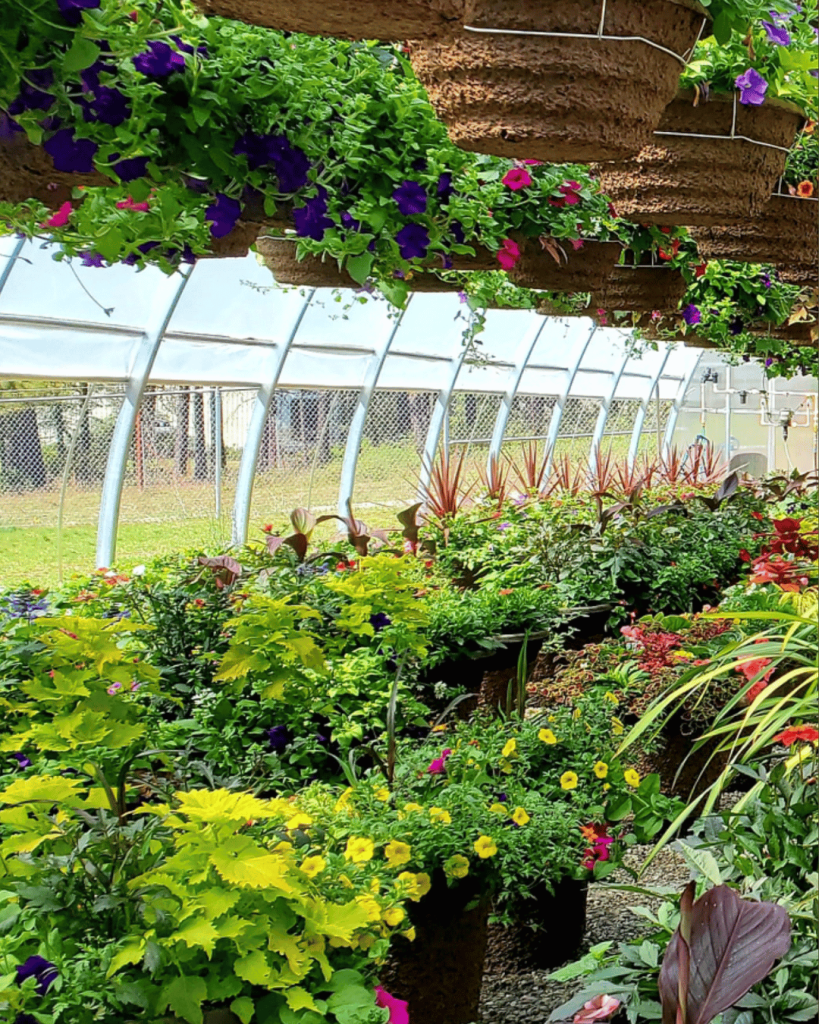
Hydroponics: The Future of Gardening
The advent of hydroponics marks an exciting breakthrough in gardening methodologies. It challenges the traditional perception of plant cultivation by negating the need for soil altogether. In this revolutionary approach, plants are nurtured in a nutrient-enriched water solution, providing them direct access to essential minerals for growth. This environment often results in the propagation of healthier and more robust plants, maximizing productivity in confined spaces. Hydroponics is an exceptionally water-efficient system, using substantially less water than conventional soil-based gardening due to recycling within the closed system.
This innovative practice holds tremendous potential for transforming urban gardening, making the dream of homestead gardening viable even for those residing in high-rise apartments or buildings with limited open spaces. It is an empowering alternative for city dwellers, introducing the joy and wellness of growing fresh produce into their daily lives. Moreover, hydroponic systems can be established indoors, eliminating the limitations posed by weather fluctuations or outdoor pests, and ensuring year-round production of your favorite crops. With hydroponics, the sky is literally the limit.
Embarking on Your Homestead Gardening Journey
Mapping Out Your Garden
Embarking on a homestead gardening venture can indeed appear challenging at first. However, with meticulous planning and preparation, this aspiration can be transformed into a delightful reality. The first crucial step is to decide what you wish to grow in your garden. Reflect on your family’s dietary preferences and select crops that will regularly feature on your dining table. Account for the space available for gardening. A sprawling backyard or a small balcony can both yield bountiful harvests with the right approach. It’s equally important to factor in your local climate and soil conditions, which significantly influence the growth and productivity of plants. Moreover, consider the adaptability of various plant species to your specific environment. Remember, successful gardening is a blend of passion and pragmatism – while you grow the food you love, ensure it loves growing in your garden too!
Nurturing Your Soil
The essence of a successful garden lies in the health of its soil. Embarking on a soil test can serve as a guiding compass, unmasking the hidden elements of your soil, its nutrient profile, and its pH level. This treasure trove of information is a roadmap to your soil’s needs, helping you decipher what enrichments your soil craves. It may call for the addition of organic matter like compost or manure. It may need the inclusion of specific soil amendments like lime or sulfur to balance the PH. These enrichments could prove vital to restoring soil fertility, improving its structure, and optimizing water retention, thereby creating an ideal nurturing environment for your plants.
Sowing Your First Seeds
This exhilarating journey truly takes off as you nestle your first seeds or seedlings into the soil. To ensure their successful growth, it’s paramount to follow the specific guidelines for each plant species concerning planting depth and spacing. Watering regularly is a crucial component of plant care. Also equally important is the vigilance against the potential invasion of pests. Establishing a routine to inspect your garden can help identify and curb pest infestations early on. Additionally, it’s essential to note that different plant varieties may require varying amounts of sunlight, so strategize your garden layout to cater to each plant’s unique needs.
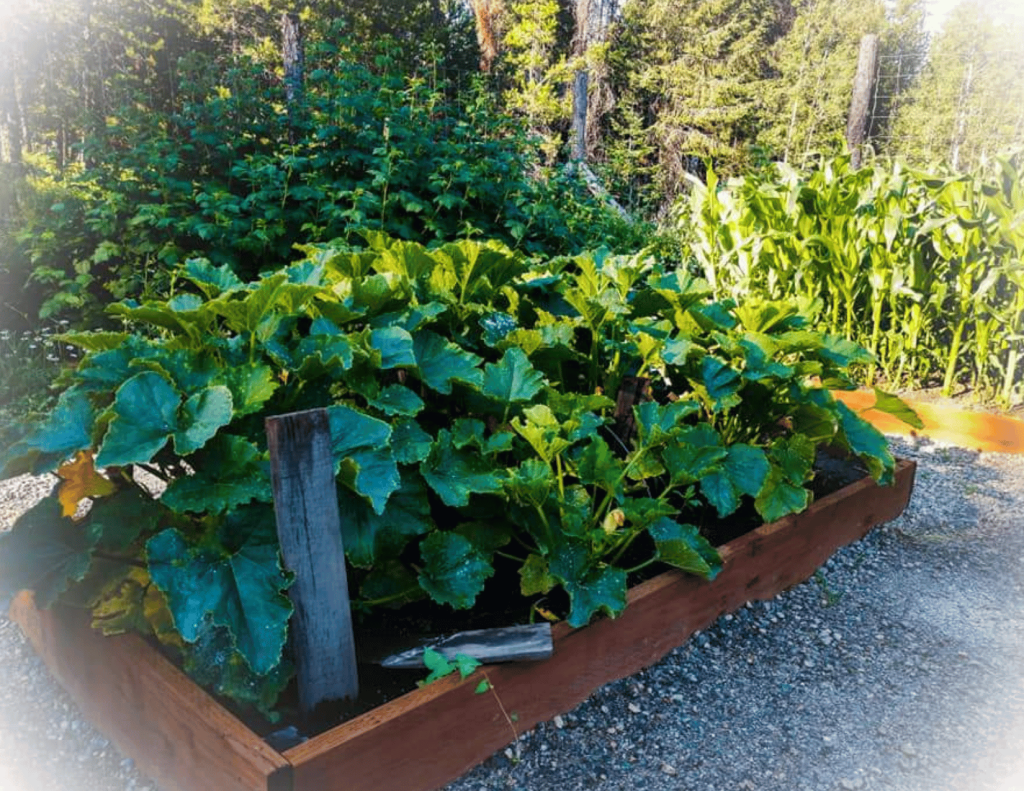
Conclusion
The practice of homestead gardening delivers an unparalleled fusion of pleasure, health, environmental stewardship, and a deeper communion with nature’s rhythm. The pure ecstasy of enjoying a meal cultivated from your own hands or picking a fresh bouquet of flowers. The reassurance of knowing your food is free from harmful chemicals, and the pride of contributing to a healthier environment—these are the treasures of homestead gardening. Why not take the first step? Embark on this fulfilling journey—you may find yourself falling in love with the rhythm of nature and savoring the authentic taste of life, right from your backyard.
FAQs
What is the ideal season to start a homestead garden?
Depending on your local climate and the type of crops you’re planning to grow, the start time may vary. However, for most regions, early spring is considered optimal to begin gardening.
Can I practice homestead gardening if I have limited space?
Absolutely! There are several methods like container gardening or vertical gardening that are perfectly suitable for small spaces. Techniques such as hydroponics can also be explored for urban gardening.
How much time does maintaining a homestead garden demand?
This can greatly vary based on the size of your garden, the types of crops, and the season. While the initial setup and planting may require more time, regular maintenance might need a few hours each week.
Which plants are suitable for a beginner in homestead gardening?
Some plants are relatively easy to grow and are great for beginners. These include beans, zucchinis, lettuce, peas, radishes, and herbs like cilantro and mint.
What are some organic ways to control pests in my garden?
There are many organic pest control strategies that can be employed in your garden. Introducing beneficial insects, using organic insecticidal soap, or planting pest-repellent crops are some of the popular and effective strategies. Another strategy is adding plants like chives, bee balm, or zinnias in the garden. For flower gardens to help keep those deer away, add deer resistant plants. Example: Daffodils with tulips.
